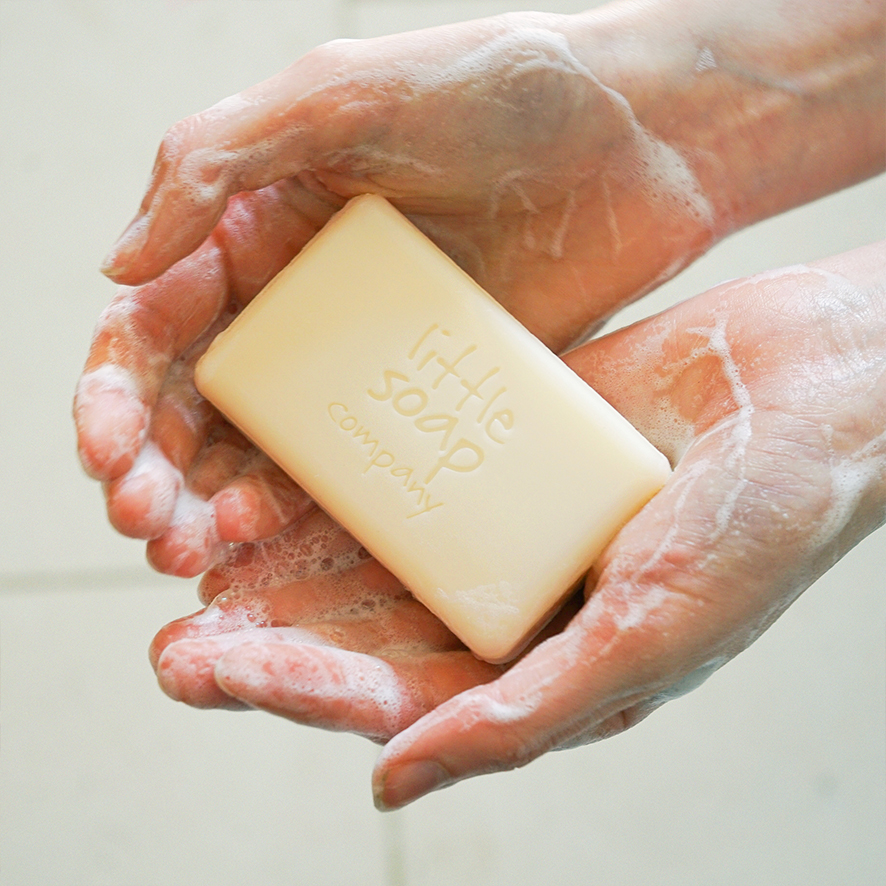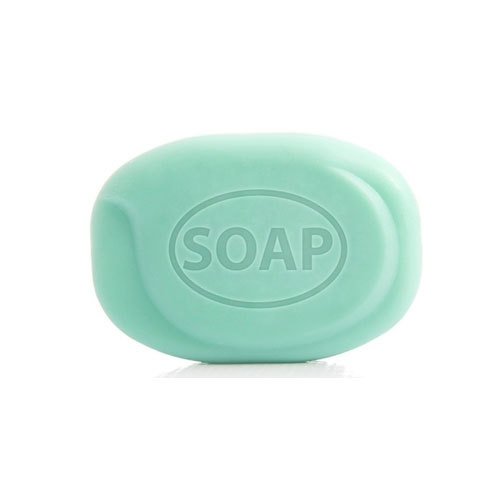Introduction to the Topic
A. An Overview of Sperm Viability and Fertility
Sperm viability refers to the ability of sperm to survive, while fertility represents the capacity to father a child. Understanding these concepts is crucial for reproductive health and family planning.
B. The Potential Impact of Soap on Sperm Health
The topic of soap’s effects on sperm health is of interest due to concerns about potential impacts on fertility and reproductive health. It’s essential to explore the interactions between soap and sperm in more detail.
Composition of Soap and Sperm Interaction
A. Understanding the Chemical Components of Soap
Traditional soap includes alkali salts and fatty acids. These components can interact with sperm cells and may lead to potential effects on sperm viability and fertility.
B. Exploring How Soap Interacts with Sperm Cells
The molecular and chemical interactions between the components of soap and sperm cells are critical to understanding how soap might affect sperm health. This interaction requires in-depth analysis and consideration.

Research and Studies on Soap’s Effects on Sperm
A. Overview of Existing Research Findings
Scientific studies have explored the effects of various substances, including soap, on sperm health. A review of existing research findings and methodologies provides insights into this complex issue.
B. Studies Addressing Sperm Viability and Soap Exposure
Several studies have specifically addressed the potential impact of soap exposure on sperm. These studies may yield divergent findings, emphasizing the need for a comprehensive understanding of soap’s effects on sperm health.
Factors Influencing Sperm Viability
A. External Factors Affecting Sperm Health
Apart from soap exposure, external factors such as temperature, pH levels, and chemical exposures can significantly influence sperm viability. Understanding these factors is crucial when evaluating the potential impact of soap.
B. Impact of pH, Temperature, and Chemical Exposures
The pH levels of soap and other external factors, including exposure to harsh chemicals and temperature variations, can potentially impact sperm health. Evaluating these factors requires a comprehensive approach.

Potential Effects of Soap on Sperm Viability
A. Sperm Motility and Function
The impact of soap on sperm motility and functionality is a critical area of study. Changes in sperm motility and function due to soap exposure can have implications for fertility and reproductive health.
B. Considerations Regarding Sperm Survival and Fertility
An in-depth evaluation of how soap might affect sperm survival and fertility is essential. Understanding these potential effects can provide valuable insights into reproductive health and family planning.
Addressing Misconceptions and Facts
A. Dispelling Common Myths About Soap and Sperm
There are several misconceptions and myths surrounding the relationship between soap and sperm health. It’s important to address these misconceptions with factual information.
B. Factual Information Regarding Sperm Health and Hygiene
Clear and accurate information regarding sperm health and hygiene practices, including the potential effects of soap, plays a crucial role in promoting reproductive health and well-being.

Practical Implications and Considerations
A. Advice for Maintaining Sperm Viability and Fertility
Providing practical advice and recommendations for individuals seeking to maintain or improve sperm viability and fertility while considering the potential impact of soap and other factors.
B. Best Practices for Personal Hygiene and Sperm Health
Guidance on selecting appropriate hygiene products and maintaining personal hygiene practices for optimal sperm health can contribute to overall reproductive well-being.
Case Studies and Reports
A. Instances of Concerns or Contrary Findings
Exploring specific cases or reports where concerns or contrary findings regarding soap and sperm health have emerged. Analyzing such instances offers valuable insights into this complex issue.
B. Real-Life Scenarios and Experiences Regarding Soap and Sperm Health
Examining real-life experiences or case studies related to soap use and its impact on sperm health to enrich the understanding of the topic and its real-world implications.

Social and Cultural Perspectives
A. Cultural Practices and Impact on Sperm Health
Exploring how cultural practices and traditions, including the types of soaps used for personal hygiene, may impact sperm health and fertility. Understanding the cultural context of soap usage provides valuable insights into reproductive health perceptions and behaviors.
B. Social Stigma and Misconceptions
Examining any social stigma or misconceptions surrounding the topic of soap and sperm health within different communities. Understanding these factors is crucial for promoting better reproductive health education and addressing potential areas of misinformation.
Ethical and Regulatory Considerations
A. Ethical Implications of Soap Studies on Sperm
Discussing the ethical considerations related to conducting studies on the effects of soap on sperm health. Addressing potential ethical concerns and ensuring the responsible conduct of research in this area.
B. Regulatory Oversight and Public Policy
Analyzing the regulatory oversight and public policy related to hygiene and personal care products, particularly with regard to their impact on reproductive health. Exploring how public health policies and regulations can address potential risks to sperm viability and fertility from exposure to certain hygiene products.
A. Summary of Key Takeaways and Findings
In reviewing the existing literature and discussions on the effects of hygiene products, particularly soap, on reproductive health, several key findings and takeaways emerged. Understanding the influence of hygiene products on sperm health is crucial for fostering comprehensive reproductive health. The key takeaways can be summarized as follows:
Firstly, the chemical components of soap can interact with sperm cells, potentially impacting sperm viability and fertility. This highlights the need for a more profound understanding of these interactions to ensure informed choices in personal hygiene.
Moreover, external factors such as pH levels, temperature, and chemical exposures, in conjunction with soap use, have discernible implications for sperm health. Recognizing these factors can aid in developing guidelines for maintaining reproductive health while using hygiene products.
Additionally, social, cultural, and ethical considerations surrounding the discourse of soap and sperm health call for a comprehensive approach to address misconceptions, norms, and ethical implications.
B. Areas for Further Research and Insights into Sperm Health and Hygiene
The identified areas for further research and investigation in the field of sperm health and hygiene propose significant implications for reproductive health practice and policy. Acknowledging the complexity of these factors, the proposed areas include:
Further exploration of long-term effects of daily exposure to different types of soaps on sperm viability and fertility. Longitudinal studies are essential to comprehensively assess the sustained impact of soap use on reproductive health.
Continued analysis of the specific chemical interactions between soap components and sperm cells to understand the underlying mechanisms shaping the effects on sperm health. This underlines the importance of understanding the molecular level impacts.
Comparative studies to evaluate the effects of various soap types and formulations will contribute to evidence-based recommendations and guidelines for personal hygiene, aligning with the goal of promoting reproductive health.
Research aimed at understanding the impact of reproductive health education and awareness campaigns on informed decision-making regarding personal hygiene to support optimal reproductive health and fertility outcomes.
